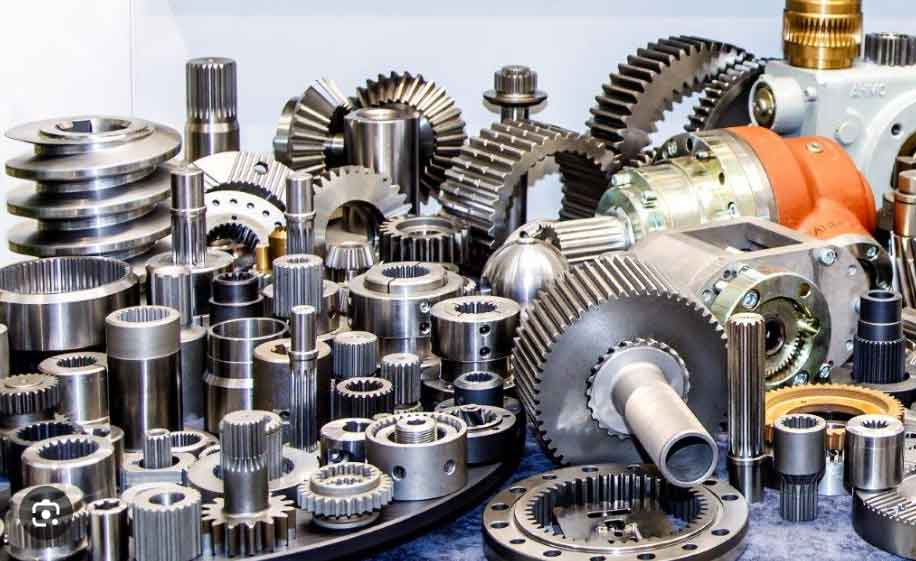Forging ahead with the utilization of forged gear blanks can unlock significant potential in various industries that rely on high-performance gears. By employing forging techniques, manufacturers can enhance the material properties of gear blanks, resulting in superior strength, durability, and overall performance. Let’s delve into the key advantages and potential applications of forged gear blanks.

Advantages of Forged Gear Blanks:
- Increased Strength: Forging provides a controlled and consistent grain flow within the gear blank, aligning the internal structure of the metal and enhancing its strength. This makes forged gear blanks capable of withstanding heavy loads, shocks, and stresses encountered in demanding applications.
- Enhanced Fatigue Resistance: The uniform grain structure obtained through forging minimizes the presence of defects and weak spots, thereby significantly improving the fatigue resistance of gear blanks. This enables them to endure repetitive cyclic loads and extend their operational lifespan.
- Improved Wear Resistance: Forged gear blanks exhibit excellent wear resistance due to their refined microstructure. The forging process refines the grain size and enhances the surface integrity, reducing the likelihood of surface cracks and enhancing resistance to wear and abrasion.
- Design Flexibility: Forging allows the production of complex gear geometries with precision. Manufacturers can achieve net or near-net shape forging, reducing the need for extensive machining operations. This enables the creation of intricate gear designs tailored to specific applications.
- Cost Efficiency: While the upfront cost of forging equipment may be higher than other manufacturing processes, the overall cost-effectiveness of using forged gear blanks becomes apparent in the long run. Their extended service life, reduced maintenance requirements, and minimized downtime contribute to cost savings over the gear’s lifecycle.
Potential Applications of Forged Gear Blanks:
- Automotive Industry: Forged gear blanks find extensive application in the automotive sector, particularly in high-performance and heavy-duty vehicles. They are used in transmissions, drivetrains, differential gears, and other critical components that require excellent strength, durability, and power transmission capabilities.
- Aerospace and Defense: The aerospace and defense sectors demand gears capable of withstanding extreme conditions, high speeds, and heavy loads. Forged gear blanks provide the necessary strength and reliability required for aircraft engines, helicopter transmissions, missile systems, and other aerospace applications.
- Oil and Gas Industry: Gearboxes and drive systems used in oil rigs, drilling equipment, and pumping stations must endure harsh environments and heavy loads. Forged gear blanks offer the necessary durability and performance to operate reliably in these demanding conditions, ensuring the efficiency and longevity of critical equipment.
- Power Generation: Gears used in power generation equipment, such as wind turbines, hydroelectric turbines, and thermal power plants, are subjected to high torque, cyclic loading, and varying environmental conditions. Forged gear blanks can deliver the strength and fatigue resistance required to ensure reliable power transmission.
- Heavy Machinery: Construction, mining, and industrial machinery often employ gears to transfer power and handle heavy loads. Forged gear blanks enable the production of rugged and durable gears for excavators, bulldozers, cranes, and other heavy machinery, ensuring optimal performance in challenging work environments.
In summary, forging unleashes the potential of gear blanks by providing enhanced strength, fatigue resistance, wear resistance, and design flexibility. These advantages make forged gear blanks suitable for various industries that demand high-performance gears capable of withstanding extreme conditions and heavy loads.
